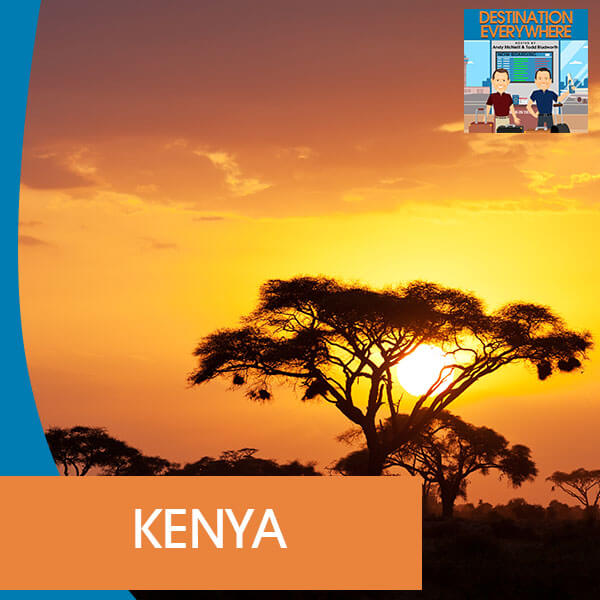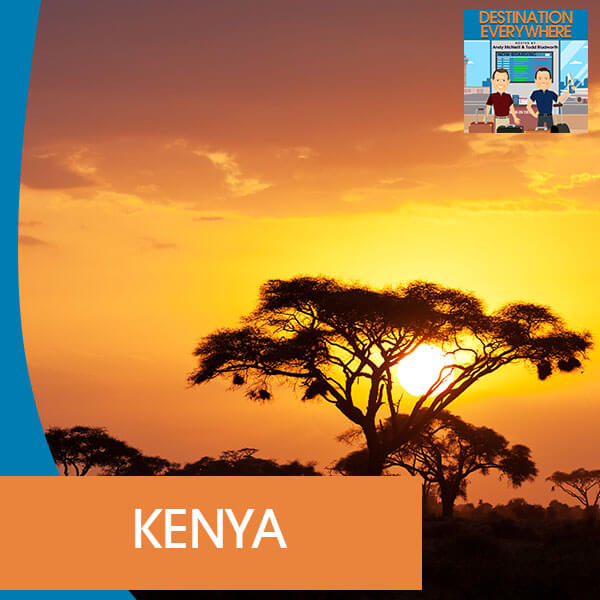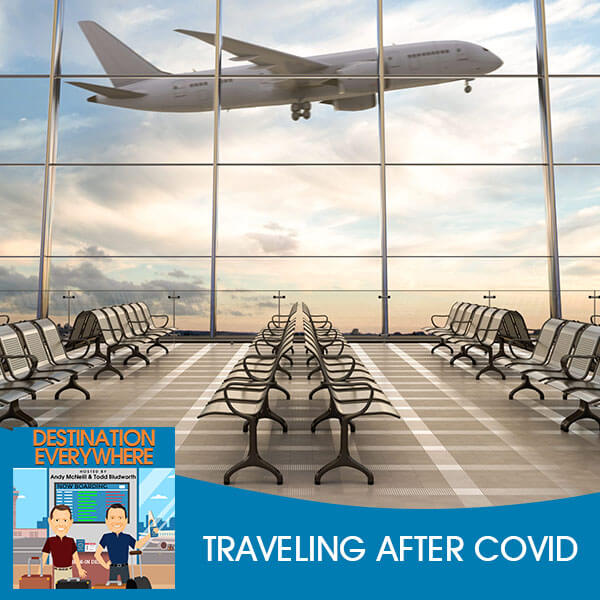
by Philip Smith | Dec 28, 2020 | Podcasts
Want to plan a safari and visit Keyna, in East Africa? We’ll discuss Kenya tourism, things to do in Kenya, and how to prepare for a trip to Africa. In 2017, Kenya was recognized for the World Travel Award for Place to Be. As the world’s leading safari...

by Philip Smith | Nov 16, 2020 | Podcasts
Want to plan a safari and visit Keyna Africa? We’ll discuss Kenya tourism, things to do in Kenya, and how to prepare for a trip to Africa. In 2017, it was recognized as the World Travel Award for Place to Be. As the world’s leading safari destination,...

by Philip Smith | Nov 16, 2020 | Podcasts
For most of us, we want to know what post-pandemic business travel will look like in the “new normal.” In this episode, Erin Francis-Cummings, the CEO of Destination Analysts, joins us to talk about the present and future state of business travel. A go-to...




